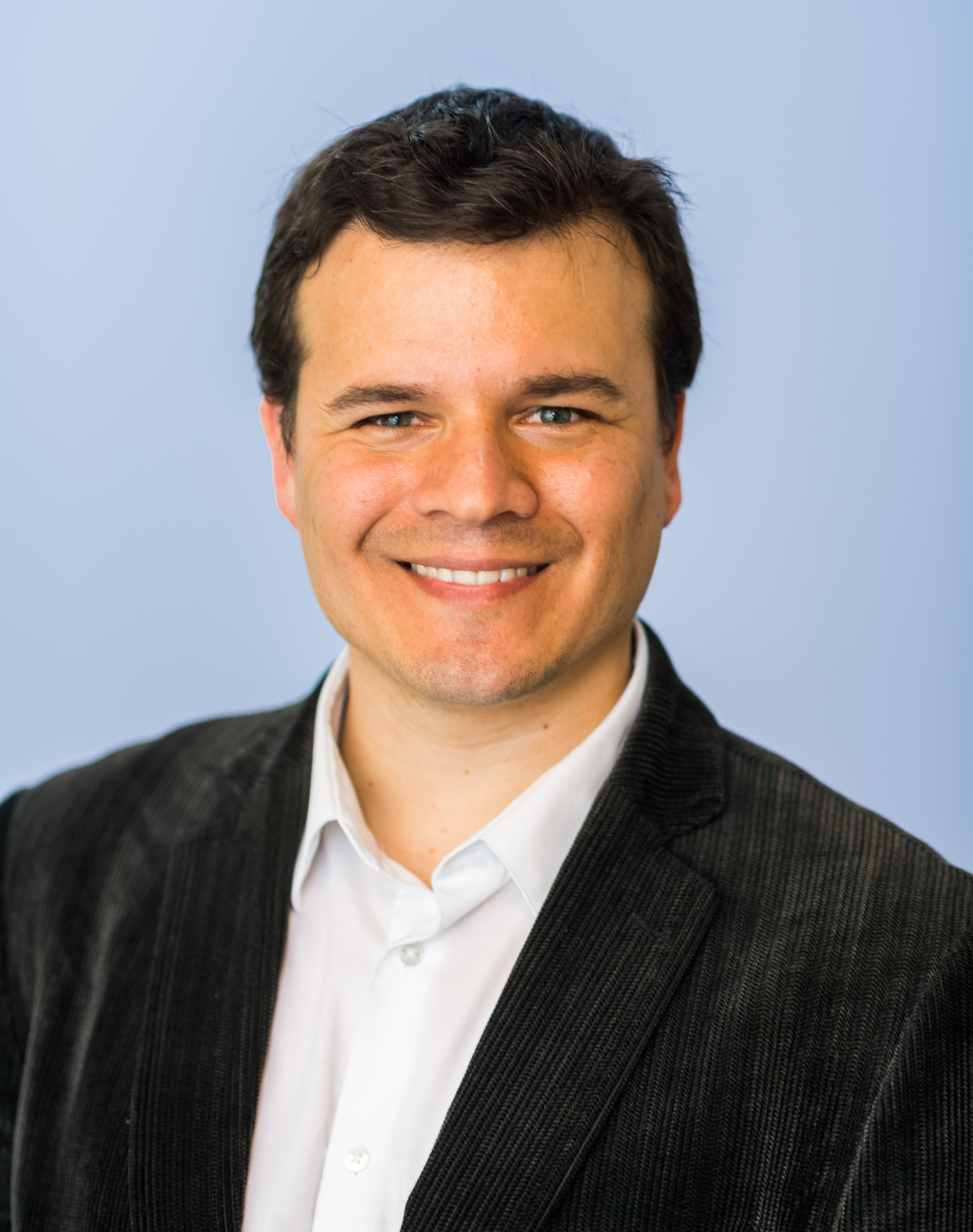This talk has been postponed in accordance with MIT's COVID-19 (coronavirus) policies and for the safety of all our community members. It will be rescheduled.
MIT.nano Seminar Series: March 2020
Pablo Jarillo-Herrero
Cecil and Ida Green Professor of Physics at MIT
Date: March 16, 2020
Time: 3pm - 4pm; reception to follow
Location: 36-428 (Haus & Allen Rooms)
This event is free and open to the public. Registration is required.
Abstract
The understanding of strongly-correlated quantum matter has challenged physicists for decades. Such difficulties have stimulated new research paradigms, such as ultra-cold atom lattices for simulating quantum materials. In this talk, Jarillo-Herrero will present a new platform to investigate strongly correlated physics, based on graphene moiré superlattices. In particular, he will show that when two graphene sheets are twisted by an angle close to the theoretically predicted ‘magic angle,’ the resulting flat band structure near the Dirac point gives rise to a strongly-correlated electronic system.
These flat bands exhibit half-filling insulating phases at zero magnetic field, which we show to be a correlated insulator arising from electrons localized in the moiré superlattice. Moreover, upon doping, we find electrically tunable superconductivity in this system, with many characteristics similar to high-temperature cuprates superconductivity. These unique properties of magic-angle twisted bilayer graphene open up a new playground for exotic many-body quantum phases in a 2D platform made of pure carbon and without magnetic field. The easy accessibility of the flat bands, the electrical tunability, and the bandwidth tunability though twist angle may pave the way towards more exotic correlated systems, such as quantum spin liquids or correlated topological insulators.
Biography
Pablo Jarillo-Herrero is currently the Cecil and Ida Green Professor of Physics at MIT. He received his "Licenciatura" in physics from the University of Valencia, Spain, in 1999. Then he spent two years at the University of California in San Diego, where he received a M.Sc. degree before going to the Delft University of Technology in The Netherlands, where he earned his Ph.D. in 2005. After a one-year postdoc in Delft, he moved to Columbia University, where he worked as a NanoResearch Initiative Fellow. He joined MIT as an assistant professor of physics in January 2008 and received tenure in 2015. He was promoted to Full Professor of Physics in 2018.
His awards include the Spanish Royal Society Young Investigator Award (2006), an NSF Career Award (2008), an Alfred P. Sloan Fellowship (2009), a David and Lucile Packard Fellowship (2009), the IUPAP Young Scientist Prize in Semiconductor Physics (2010), a DOE Early Career Award (2011), a Presidential Early Career Award for Scientists and Engineers (PECASE, 2012), an ONR Young Investigator Award (2013), and a Moore Foundation Experimental Physics in Quantum Systems Investigator Award (2014). Prof. Jarillo-Herrero has been selected as a Highly Cited Researcher by Clarivate Analytics-Web of Science (2017-2019), and was elected APS Fellow (2018), Fellow of the Quantum Materials Program of the Canadian Institute for Advanced Research (CIFAR, 2019), and Member at Large of the APS Division of Condensed Matter Physics (2019). Prof. Jarillo-Herrero is the recipient of the APS 2020 Oliver E. Buckley Condensed Matter Physics Prize and the 2020 Wolf Prize in Physics.

